Until recently all moissanite possessed a small amount of greyish or greenish (green is particularly characteristic) occlusions, what puts them in the range of F or lower comparing with diamonds (D is considered as the best possibility on the market). It is important to know such diamonds are meant just for white gold, platinum or similar settings because yellow one would neglect the colorlessness of the stone.
For this reason, numerous buyers don’t really care about the grade of color, because they plan to put the stone in yellow, rose or similarly colored setting anyway. Diamond graded between G and J is considered as a best-buy option for such buyers and having lots of moissanite with way better grades this problem is relatively unimportant.
On the other way, the market for colored stones is growing. If somebody wants blue, green, yellow or pink stone, moissanite offers at least as much as colored diamonds. In this case, gradation is completely different than the one presented above.
There is another important fact to consider. Technology for making moissanite is improving year after year and several enhancements were made – leading to Neo, Supernova, Forever Brilliant, Forever One and the ultimate compound of silicon and carbon grown in star-like conditions: Amora Gem. Amora Gems surpass diamonds even in their traditionally untouchable category – hardness, but are in such demand, you have to enter a waiting list if you want to buy one.



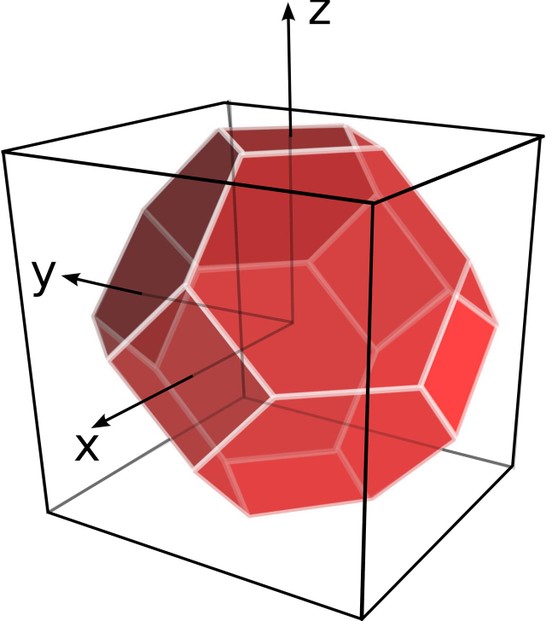
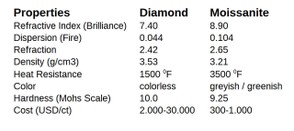
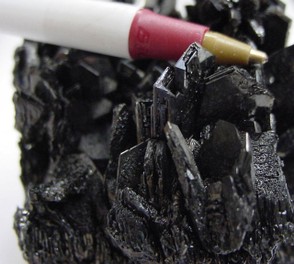

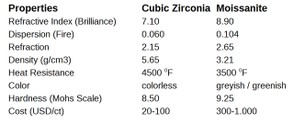



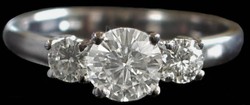

 Pinterest Tipson 11/22/2024
Pinterest Tipson 11/22/2024
 Make Your Printable Advent Calendaron 11/19/2023
Make Your Printable Advent Calendaron 11/19/2023
 Best Free Portfolio Sites for Artists and Designerson 10/06/2023
Best Free Portfolio Sites for Artists and Designerson 10/06/2023
 Thinking About Painting Your Walls Pink?on 06/17/2023
Thinking About Painting Your Walls Pink?on 06/17/2023


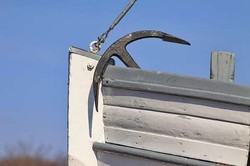
What Do You Think Of The Moissanite?
Jewellers have them in their catalogs, I suppose.
Yes, platinum is the most expensive of them.
My departure time for an errand yesterday conflicted with my pursuing moissanite settings.
Moissanite might figure quite attractively as a matched set of anklet, bracelet, earrings, necklace and ring and of bejeweled watch, cufflinks and tie pin, mightn't it?
Moissanite appears to me like something whose appeal attracts all ages and genders.
Have you come across moissanite cuff links?
Cuff links might not just be for men, correct?
It would be quite an attractive set to have anklet, bracelet, cuff links, ear rings, necklace and ring!
Moissanite appears so attractively in the above images!
That attractiveness convinces me of the appeal of matched moissanite anklet, bracelet, earrings and necklace.
Is there a certain ratio for sizing the gems that make up such a matched set?
The meteorite sites cause me to consider whether moissanite occurs in just certain shapes, sizes and types of meteorites.
The recent image of two asteroids from the Lucy spacecraft flyby makes me wonder if one day natural moissanite will predominate because we have, in this case, twice the number of asteroids -- and therefore perhaps twice the moissanite -- that we thought we had!
Money- and power-holders above $32 million per year during the 2020 presidential elections -- perhaps $1 billion now -- net worth opposed sharing all the gold that a certain asteroid is said to have that could be divided equally among Earth inhabitants so that everyone is a millionaire.
So they probably would not want everyone to have natural moissanite jewelry, correct?
It might be quite interesting to visit a display of natural and of synthetic moissanite to compare and contrast the advantages and the disadvantages of each gem. Must there be the most variation in qualities, such as visible color and otherwise, of the natural or of the synthetic?
Internet sources describe moissanite as naturally occurring in meteorites and upper-mantle rocks.
The latter makes it sound like there might be some natural Earthly occurrences.
Might we know where all natural moissanite occurs in terms of their meteorite contexts?
Online sources generally describe moissanite as eco-friendly because of its lab-grown, non-Earth-mined production. And at the same time, they explain that silicon carbide is an abundant natural but non-eco-friendly, finite, mined, processed resource.
Is there any attempt to retrieve natural moissanite from meteorite sources?
The computer crashed before I completed my comment concerning natural versus synthetic moissanite-family members.
Has it ever been possible for people not involved in laboratory production to view if not have natural moissanite-family gemstones?